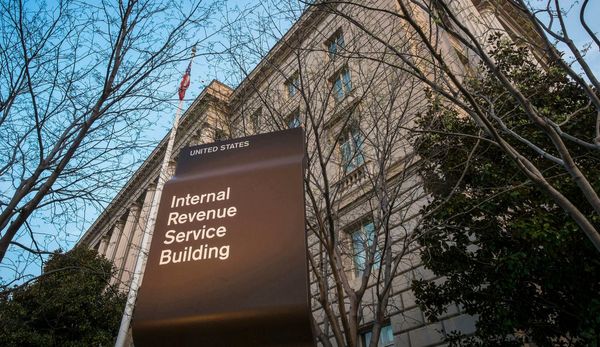Every business deals with problems and, in many cases, the same problem impacts an entire industry. How a company handles those issues tells investors more about those companies than nearly any other indicator.
The retail business, for example, has been dealing with a perfect storm of problems caused directly and indirectly by the pandemic. First, predicting what consumers might buy has become a major challenge because what people purchased during the worst of the pandemic almost certainly does not reflect what they might buy over the coming year.
That's why Walmart (WMT), Target (TGT), and Best Buy (BBY) ended up with too many televisions in their inventories. Last year, when people were stuck at home due to covid, they upgraded their TVs, which actually made them less likely to buy new ones this year because unlike some appliances, TVs don't generally wear out faster based on use.
Retailers also must deal with supply chain problems which is directly related. Manufacturers, in many cases, don't know what to make any more than retailers know what consumers may buy. And, finally, retailers face unknown larger issues. For example, Walmart, Target, and Kohl's (KSS) all have to make decisions about what clothing to stock without knowing what the future of work-from-home will fully look like.
These are real problems that every retailer has to deal with, but they can also be excuses designed to deflect blame for bad decisions away from management.

Joe Raedle/Getty
In Retail, It's About Customers
Both Walmart and Target admitted they made some inventory mistakes that resulted in them having too many of certain items. That led to both chains choosing to discount some merchandise in order to free up warehouse and store shelf space before the holiday season.
Those mistakes tied up cash and led to sell-offs at lower margins. Taken in context, however, both companies grew their revenue and same-store sales in the most-recent quarter
- Walmart reported total revenue of $152.9 billion, up 8.4%, while Walmart U.S. comp sales grew 6.5%.and 11.7% on a two-year stack.
- Target saw total revenue of $26 billion grow 3.5% compared with last year, while same-store sales were up 2.6%, on top of 8.9% growth last year.
And while Walmart and Target have seen (or will see) margins shrink as they sell certain items at a discount, they're using their mistakes to build customers good will and keep overall revenues up. A customer who got an unexpected deal on a television or some other big-ticket item won't think of the chain as having made any sort of error and will likely feel better/more loyal toward the company.
Best Buy and Kohl's, however, told a very different story last quarter.
- Best Buy saw domestic revenue of $9.57 billion decrease by 13.1% versus last year primarily driven by a comparable sales decline of 12.7%.
- Kohl's reported a revenue drop of 8.1% to $4.09 billion and second-quarter comparable sales decrease 7.7%.
Management Never Blames Itself
The challenge for any investor looking at these companies is weighing the actual impact of the parts of these problems companies do not control. When normal consumption patterns change, that makes past data less useful. Walamrt, Target, and Best Buy don't know if people bought more appliances because they were stuck at home during the pandemic or if the overall replacement cycle accelerated because we were harder on everything in our houses because we're home more during the pandemic.
Kohl's, Walmart, and Target face similar challenges in the apparel space. Is dressing more casually a long-term trend or will it be cyclical as this type of thing has been in the past? Will people only need the tops of their business outfits because they're conducting meetings on video calls not in person? (That was a real trend early on during the pandemic).
Walmart and Target have been public about areas where they bought too much or where supply chain issues caused them to miss out on part of the demand cycle. Both companies have grown despite those issues while Best Buy and Kohl's have shrunk.
It's possible the broad economic conditions and all the things mentioned above impact Best Buy and Kohl's in exactly the way their management has said. Of course, it's more likely that both have failed to pivot as well as Target and Walmart have.
Maybe Kohl's and Best Buy made the wrong merchandise choices and perhaps they won't be as adept at course correcting. Management never comes out and blames itself especially when there's a ready narrative in the media that can be blamed, but excuses from CEOs are sometimes just excuses and not actually answers.







